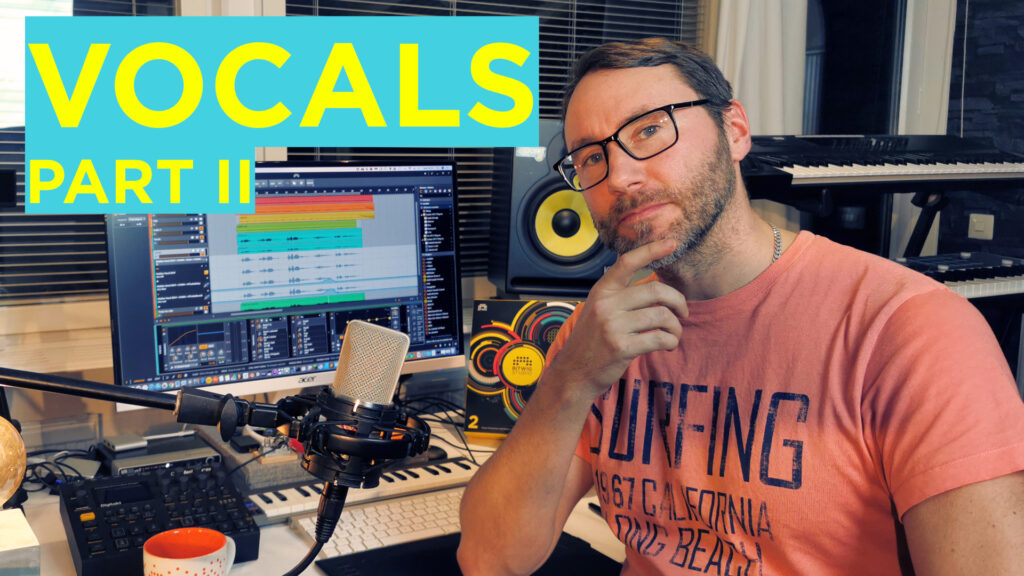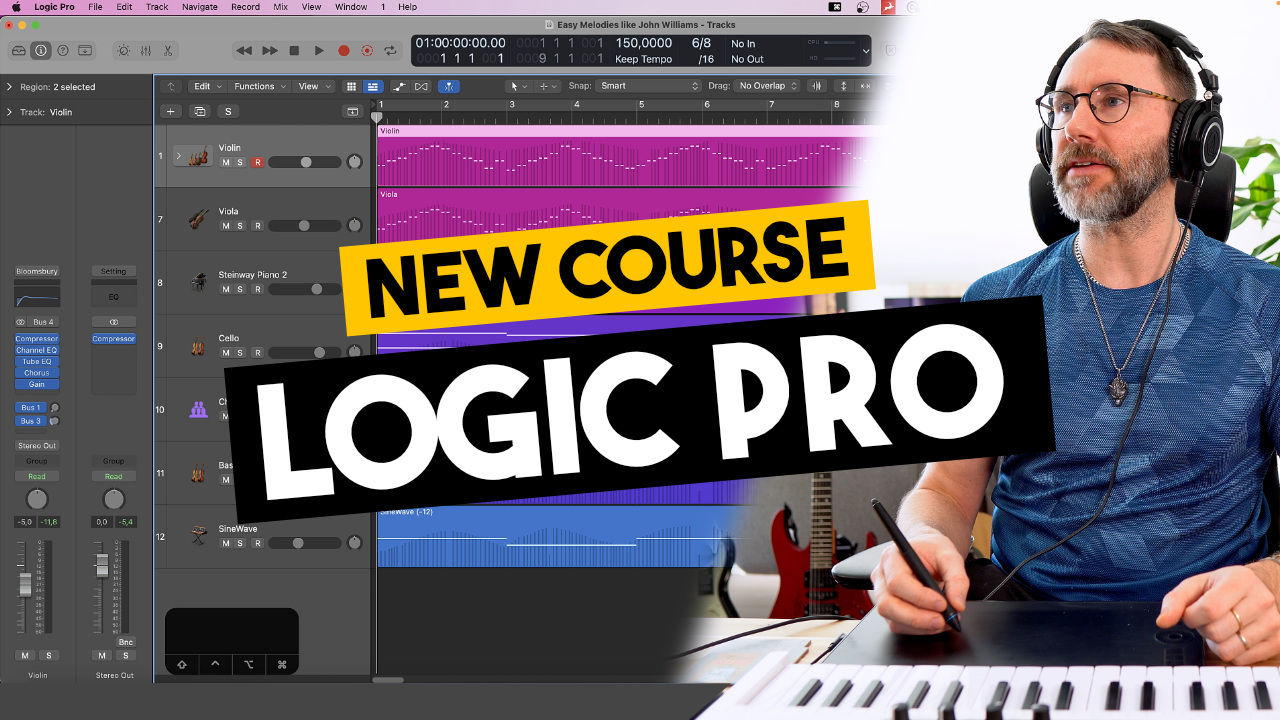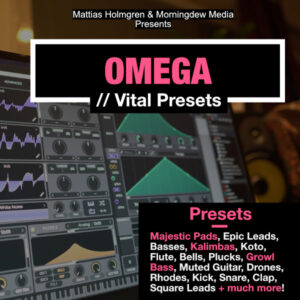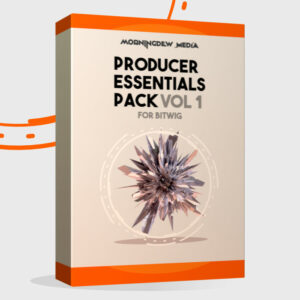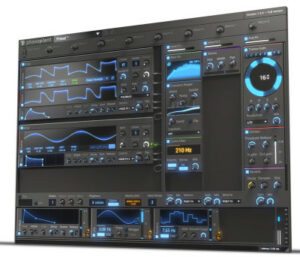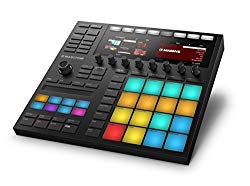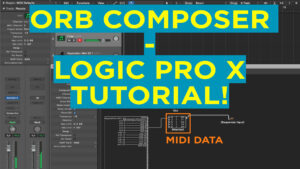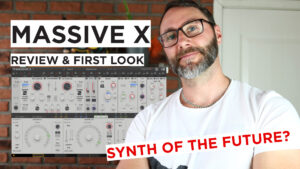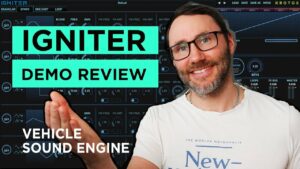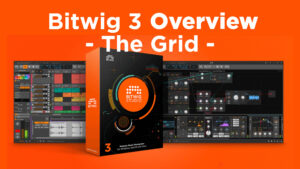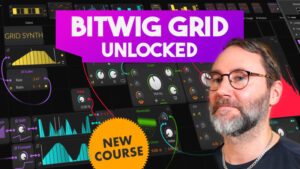How to process vocals in the DAW is a common question. And it’s really something that can change depending on what type of singer and microphone you are working with. In this video and article we discuss my approach to processing vocals in a mix.
We will go through some of my best tips to enhance and bring out the character from the recorded voice.
How to process vocals in a mix
I always begin my vocal processing chain with an equalizer (EQ) to balance the sound. We want to get rid of the low-end rumble often present in many audio recordings.
It can be rumble from microphone stands, fans and many other sound sources. You really don’t want to have this low-end fighting against you later in a compressor, reverb etc. So it’s highly recommended to do this low-cut at the first stage of your vocal processing chain.
Mixing the low-end of the vocal – <100Hz
In a sparse mix with few instruments you can leave more of the low-end in there. Try a high-pass around 80Hz. But for more dense mixes (read: EDM, metal etc.) you really can go higher without anyone noticing.
For a dense mix I tend to high-pass at around 140Hz.
Process the vocal low-midrange – 250-500Hz
Furthermore, the next frequency band to look at is the low-mids. We are talking the 200-500Hz range. Many of your instruments will probably have their body, or fundamental around this range. We tend to see a lot of build-up in this area, which can cause all kinds of trouble with the mix.
I sweep this range with a medium broad Q-point. The Q-point, is the width of the filter. It is the ratio of center frequency to bandwidth. How “wide “frequency-area” of the sound spectrum the EQ-peak will effect.
Try sweeping with a quite high resonating peak to hear where your sound is “odd” or where you have annoying sounds. Then reduce a few db in that area to smoothen your sound.
I find 250Hz is a good starting-point for this low-mids reduction area, and reduce about 2-5 db. If your singer is really up-close to the microphone the proximity effect will boost this area plenty so you will probably have to make a great cut to balance the sound.
Prevent overpowering sibiliance in the recorded voice
We want the vocals to be a pleasant listening experience. Smooth as butter, without poking sibiliant peaks.
Sibilance is the recurrence of a hissing ‘s’ sound. It’s a very strong and sometimes harsh sound. You want some of the sibiliance, because it makes our voice recognisable. But you don’t want too much.
So after the initial EQ to balance the sound we add a de-esser plugin.
What is a DeEsser?
De-Esser plugins are typically used in a mix to attenuation sibilant sounding consonants in recorded vocal tracks.
DeEsser vst plugins are basically multi-band compressors where you work with a single-band area to find the sibiliant sweet-spot…or should I say; harsh spot. The de-esser then have a threshold and reduction knob so we can adjust the plugin to reduce maybe -8db from the harsh frequency area.
This is a quite subtle effect, but in the long term it will be more pleasant to listen to the vocals.
Many DAWs comes with a native de-esser plugin. But if you can’t find one there are great free alternatives. Like this SpitFish De-Esser plugin. Or Antress which also contains a DeEsser.

What gear I use in the studio? Check out the Resources Page.
Join my exclusive community: https://www.patreon.com/gelhein
Be sure to sign up to our newsletter for new exciting articles in design, music production and sound design.
